What is an Average Price for a Collaborative Robot ?

Posted on Feb 03, 2016 in Collaborative Robots, Robot Grippers
6 min read time
When you are shopping for a robot, one of the first things you want to know is the pricing of the robot, its tool(s), and all the accessories. It is sometimes hard to have a reference price or a general idea of the price before asking for a detailed and specific quote or even a demo. Here is a rough idea of pricing for collaborative robots and how they can be compared to the price of an industrial robot.
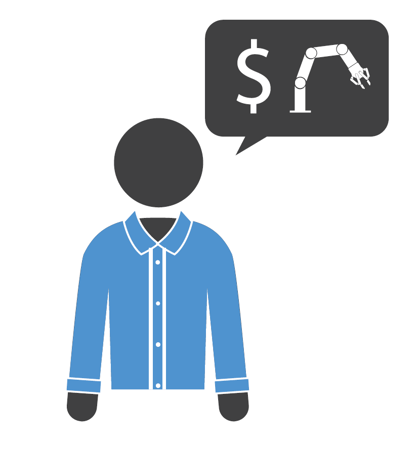
Collaborative Robots Pricing
There are more and more collaborative robots on the market these days. So it is becoming harder to estimate the price of collaborative robots in general. Some robots will be super cheap because of the simplicity of their design and others will be super expensive because of their complexity (YuMi). There is no single guideline like if the payload is higher, the price will be higher... There are a lot of specifications to take into consideration.
So I will use as my example one of the most popular collaborative robots on the market, the Universal Robots, UR5. This robot is generally sold for 35k USD and is representative of the average collaborative robot. In fact, it has a payload of 5 kg and reach of 850 mm. It has good safety features and is simple to use. It is also all-inclusive, which means you don't have to buy a lot of accessories to make it work.
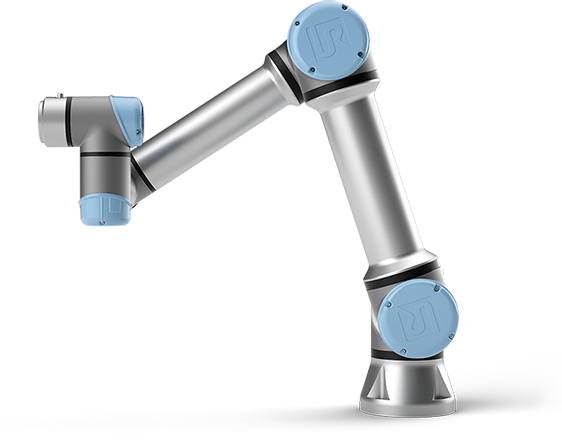
Free Resource: The Cobots Buyer's Guide [Download Now]
What comes with it?
- Teach pendant: In this case, the teach pendant is very user-friendly, with a widescreen that includes a lot of functionality and one simple button (e-stop). All the programming can be done on the fly by simply using the teach pendant. Notice that the teach pendant is included in the robot price of 35k USD.
What do I need once I have purchased this?
- Tool: Most collaborative robots are fitted with small grippers or tiny tools to fit lightweight applications. This means that the tools are usually less expensive than ones used with industrial robots. For a simple example, our 2-Finger Adaptive Gripper is around $5k, and our 3-Finger Adaptive Gripper is around 20k USD. You can still have cheap suction cups for a couple of hundred dollars. Since UR is getting very popular with the robotic community, some tool manufacturers (such as Robotiq) will provide an all-inclusive bundle to mount your tool easily on your robot. The bundle also includes robot routines and other accessories to help with programming the robot tool.
- Other accessories: Jigs, conveyors, ordering systems, cameras, lasers, and other devices that will help you achieve your application are often required. These add-ons can vary between being really cheap (even negligible) to very expensive depending on your project. According to your production rate and what you want to achieve, there is almost no limit to this budget.

So, What should my budget be?
We usually budget around 50k USD for a UR5 and a basic set of tools and accessories, which in most cases will be enough for your application. If you have a little fancier application, you can go up to 100k$. Pass that you may want to review if a cobot is your best choice or if you really need an industrial robot to resolve some of your problems.
Industrial Robot Pricing
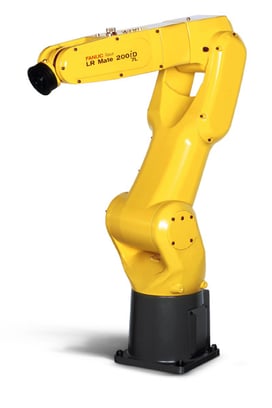
In this category, you have a BUNCH of different models, categories, and sub-categories. In fact, with large manufacturers like Fanuc, ABB, KUKA, Motoman, and many others; the major (and almost entire) selection of robots on the market are included in this 'industrial robot' category. So as you might know I can't list the price of every robot. The other thing is that it is very hard to have a comparative price for an industrial robot because there are just too many options that are available for any single robot. However, to have an example for this article we contacted our local robot salesman to have an estimate of an equivalent robot to a UR5. A robot for pick and place applications with a payload of around 5 kg and a decent reach.
The winner was the Fanuc LR Mate 200iA. The robot has a 6-axis (DOF) configuration, a 5 kg payload, and a 740 mm maximal reach. The basic price of the robot is around 25k USD.
What comes with it?
- Teach Pendant: The robot teach pendant will be a classic teach pendant with a bunch of buttons and a screen. Since the robot is using classic programming methods, you will also need an offline station to be able to program your robot.
What do I need once I have purchased this?
- Safety guarding: Depending of the technique used; you will need either classic fencing with a safety switch/door and a safety PLC to monitor all of this OR you can add light curtains and a vision system that can monitor the presence of humans in its environment. In either case, you will need to connect all your safety devices together (PLC) and verify that it meets your local safety regulations. This part can get pretty expensive, in fact, for fencing and other safety devices you need to reserve from 2k to 10k+ USD depending on the complexity of your setup.
- Robot tool: Then to achieve your task you will need a tool. This tool can be electric or pneumatic since most industrial robots are equipped with integrated air hoses. This tool can vary from very cheap suction cups at a couple of hundred dollars to complex tool changers with several tools at 30k+ USD.
- Other accessories: Jigs, conveyors, ordering systems, cameras, lasers, and other devices that will help you achieve your application. These can range from really cheap (even negligible) to more expensive, depending on your production rate and what you want to achieve. Again there is almost no limit to this budget.
So, What should my budget be?
At first glance an industrial robot might seem to be less expensive than collaborative robot ($25k VS $35k). However, you need to consider a couple of things. Integrating an industrial robot on your shop floor means safety fencing (5k+ USD), the introduction of safety PLC (2k+ USD), tooling (7k+ USD), integration time (10k+ USD), programming training, or recruiting a robot programmer (kind of hard to evaluate). This increases your bill by at least 75k USD. There is a rule of thumb that says: you should budget at least 3x times the price of your robot for integrating it. Once again you can increase your bill to over 100k USD easily.
What is Not Billed, but Should be Analyzed
Finally, the main thing that is usually forgotten is that integrating a collaborative robot is synonymous with repurposing the robot to different machine/work stations throughout its lifetime. An industrial robot is there to stay... no more moving or fancy programming. If your production switches in a year or so, it will be a LOT harder to repurpose an industrial robot. You will need to call your local integrator to make all the changes.
Once you have established a price, you should then consider the time it will take to pay back your machine and start increasing your profit. We have put together a simple grid to help you calculate this (ROI) time. Download the grid by clicking the big colored button below.



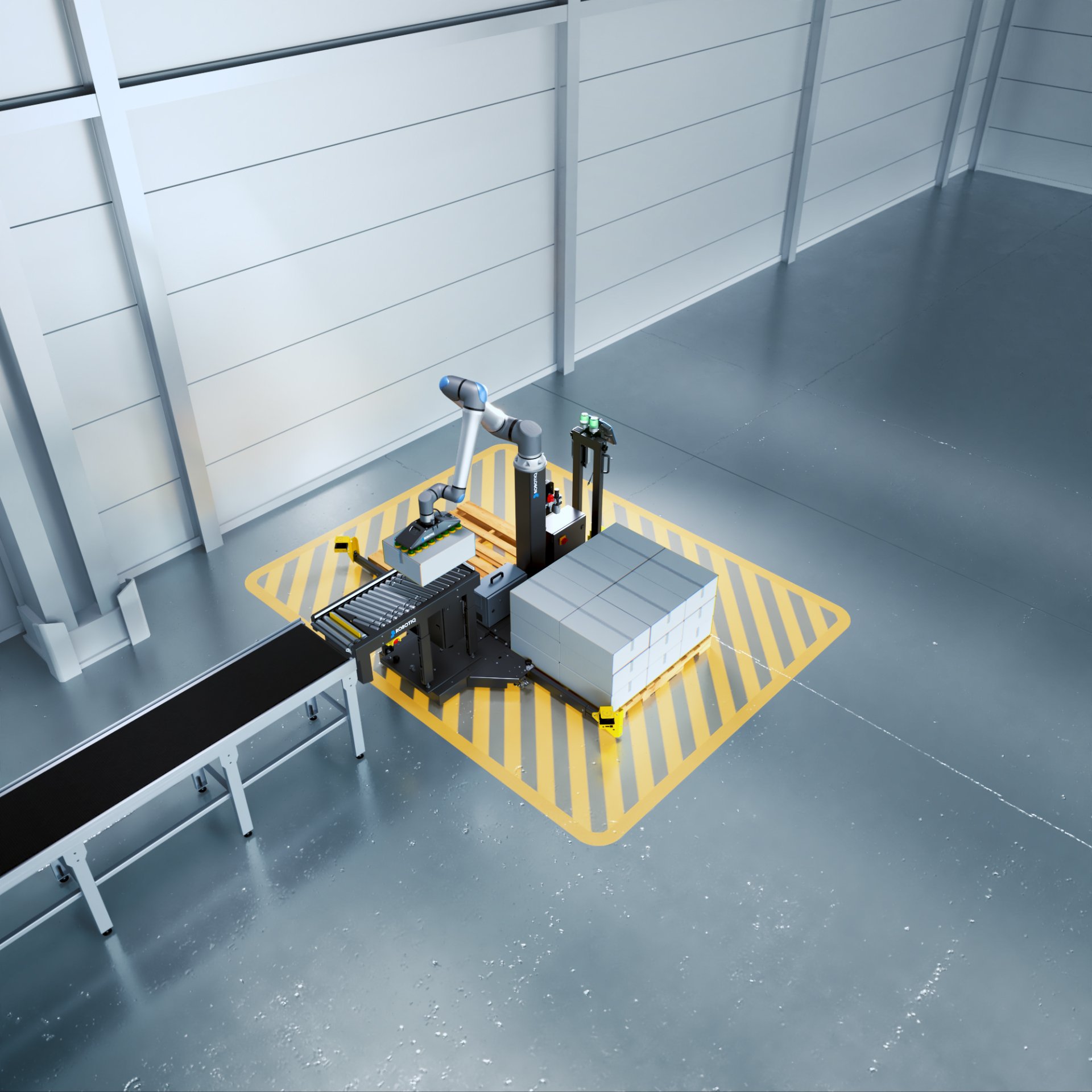

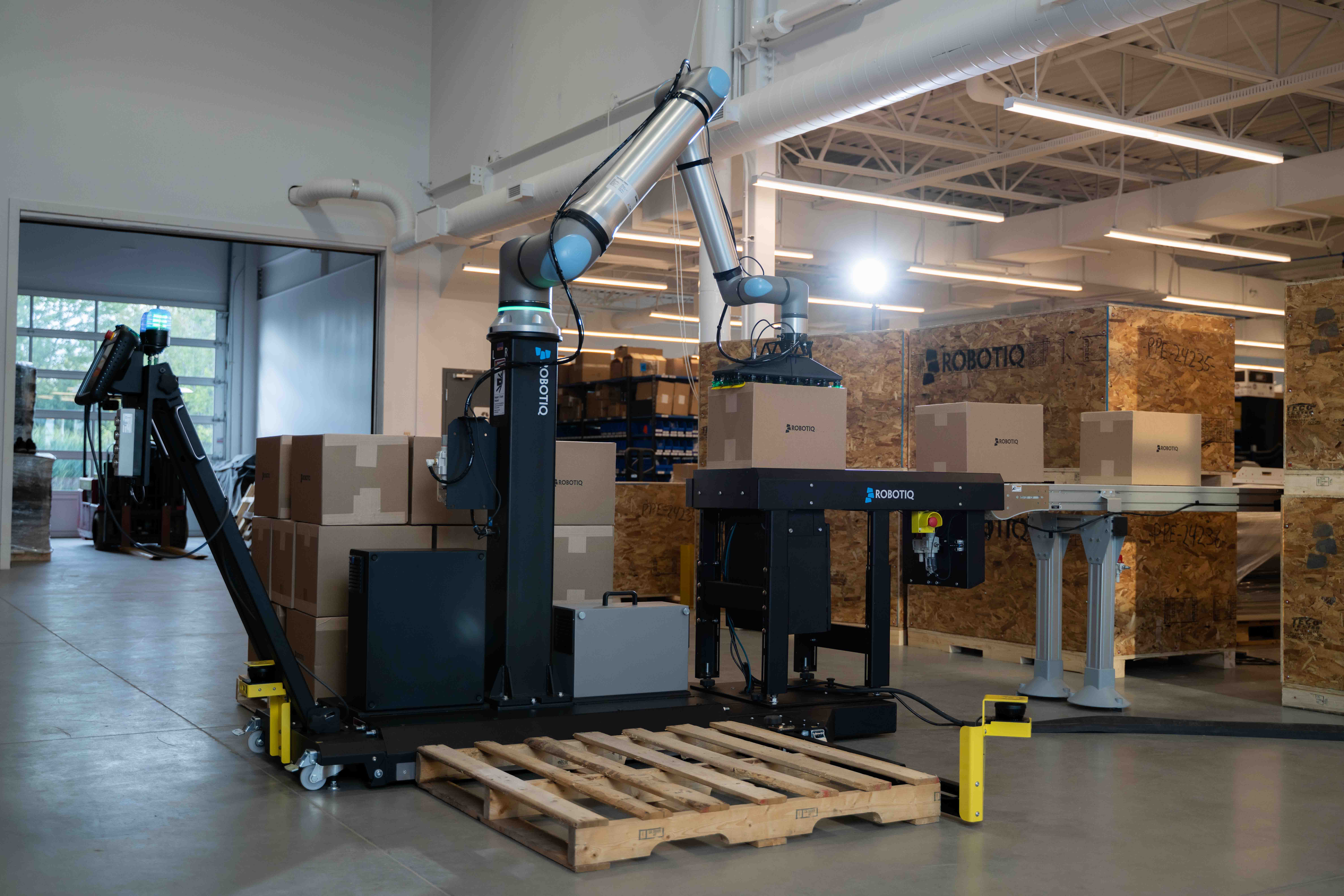
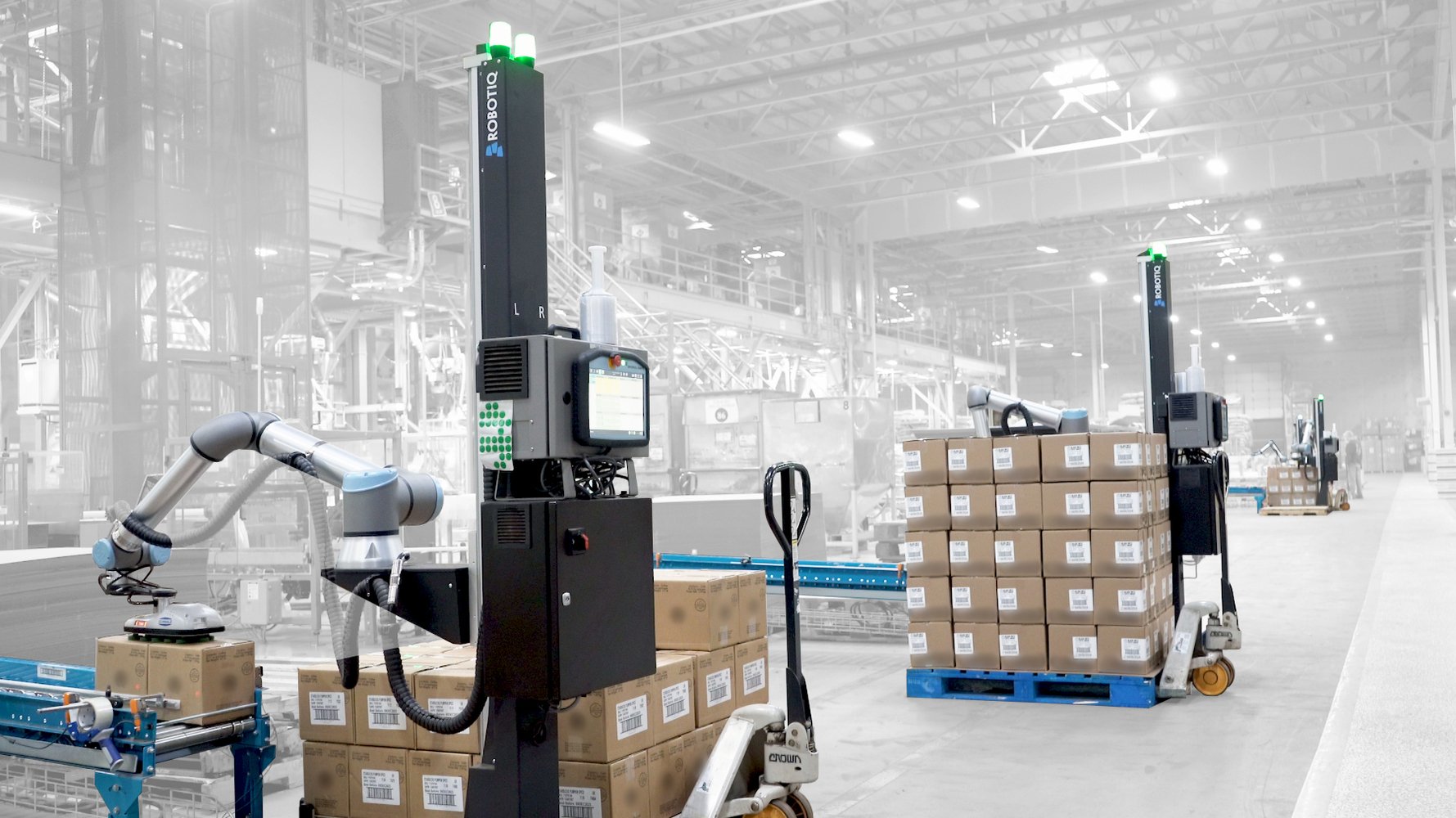

Leave a comment